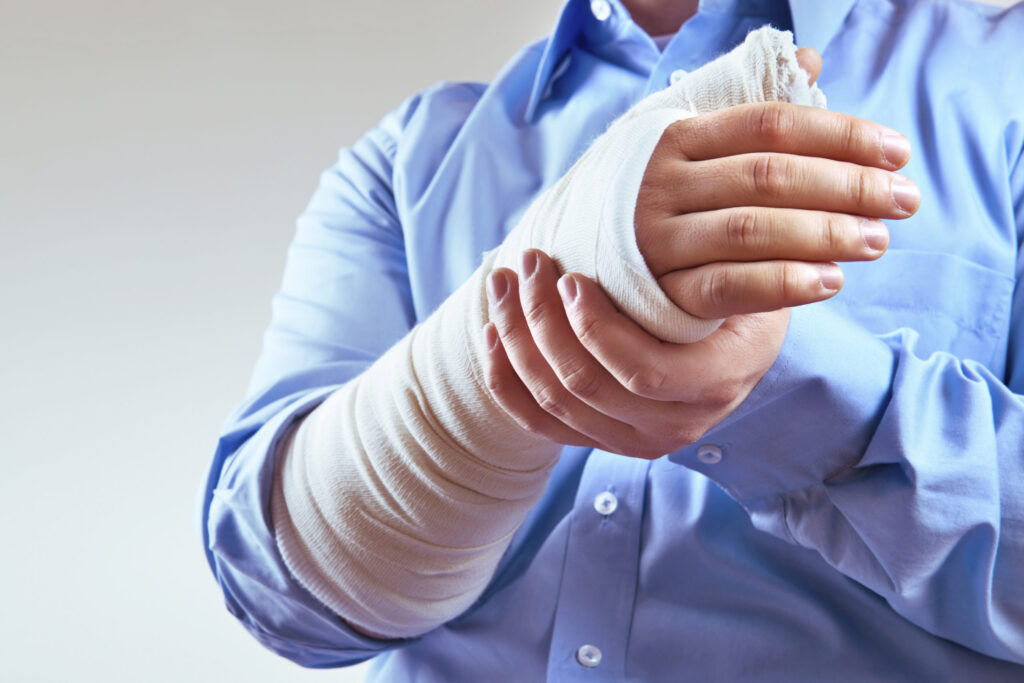Personal injuries, defined as physical, psychological or emotional harm caused by the negligence or intentional act of another, are much more than an unfortunate event affecting a single individual. They pose significant economic challenges that ripple through families, communities, and, on a larger scale, our economy.
This article aims to take a closer look at the multifaceted economic impacts of personal injuries, going beyond the surface-level costs, and examining the ways they place burdens on victims and society at large.
These impacts are far-reaching, starting with direct and immediate costs such as medical expenses, and spreading to less tangible, but equally important consequences, like loss of productivity and reduced quality of life.
Personal injuries are not just a medical issue; they are an economic issue, a social issue, and a systemic issue. It’s imperative to understand these interconnected aspects in order to develop effective strategies for prevention and mitigation. This article will also touch upon the role of insurance, the strain on our healthcare system, and how the law can serve as a protector for personal injury victims.
The True Cost of Personal Injuries

Direct Costs
When we consider the direct costs of personal injuries, medical expenses are the first that spring to mind. They are the most immediate and visible expense that an injured individual faces. From initial emergency room visits to ongoing treatments, surgeries, medication, and physical rehabilitation, the costs can swiftly mount into tens, if not hundreds of thousands of dollars.
It’s also important to note that these costs are not one-time expenditures, as victims often require long-term or even lifelong care, which poses a continuous financial burden.
Indirect Costs
The indirect costs of personal injuries, while not immediately apparent, can be just as, if not more, devastating. Lost productivity, as a result of time off work for recovery, or inability to return to work at all due to disability, directly impacts an individual’s income and by extension, their standard of living.
Loss of employment can mean a loss of benefits like health insurance, compounding the financial stress. The long-term earnings potential of an individual can be seriously hampered, causing a ripple effect on family income and even retirement plans.
Hidden Costs
Hidden costs of personal injuries go beyond the financial implications and deeply affect the victim’s personal life. The psychological trauma of dealing with an injury, the pain and discomfort, and the anxiety about financial instability, all take a toll on mental health.
Reduced quality of life due to physical limitations or chronic pain can lead to social isolation, depression, and other mental health issues. The cost of therapy and counseling, or even the inability to afford such support, are often overlooked but are a decisive part of the overall economic impact of personal injuries.
Personal Injuries and the Healthcare System

When individuals are injured, the demand for healthcare services increases, leading to heightened healthcare costs. This increase isn’t isolated to the injured individual; it often results in a rise in health insurance premiums for everyone to cover these added costs.
The strain on the healthcare system extends beyond financials. According to the National Safety Council, injuries accounted for approximately 41.3 million emergency department visits in the United States in 2019 alone. This significant influx of patients can lead to overcrowding and limited resources, impacting the overall quality of care and stretching the system to its limits.
Impact on Individuals and Families
From immediate medical costs to the loss of income, the financial burden can plunge families into debt and often results in significant lifestyle changes. Insurance, often considered a safety net, can help mitigate some of these costs. It can cover medical expenses, rehabilitation, and even replace a portion of lost income.
Impact on Society and Economy

The loss of productivity due to these injuries can be immense. Injured individuals might need to take time off work for medical treatment and recovery, and in severe cases, they might never be able to return to work at all. This loss of human capital can slow economic growth, reducing the Gross Domestic Product (GDP).
According to the Centers for Disease Control and Prevention, the cost of lost work and wages due to injuries in the U.S. is around $225 billion each year, demonstrating a significant economic toll.
Additionally, the costs associated with social assistance programs for injured individuals can put a substantial strain on public funds. Government programs may need to step in to provide support, including disability benefits, food assistance, and housing support, all of which are funded by taxpayers. These economic burdens can cause ripple effects in communities, often leading to higher taxes or decreased funding for other public services.
Legal Aspect of Personal Injuries

Through the legal system, using a personal injury lawyer in Beaumont, victims can pursue personal injury claims against the party at fault, seeking compensation for medical costs, lost wages, and even non-economic damages like pain and suffering.
Successfully managing a personal injury claim can greatly alleviate the economic burdens faced by victims, potentially covering a significant portion of both direct and indirect costs resulting from the injury. Furthermore, the threat of legal action serves as a deterrent, incentivizing individuals and businesses to prioritize safety and take precautions to prevent personal injuries.
Personal injuries present a substantial economic burden not only to the victims, but also to society at large, straining healthcare systems and reducing overall productivity.
By recognizing these various impacts, work towards effective prevention, mitigation strategies, and supportive legal policies can be successfully implemented. By doing so, we can alleviate these burdens, foster safer environments, and build a more economically resilient society for everyone.

